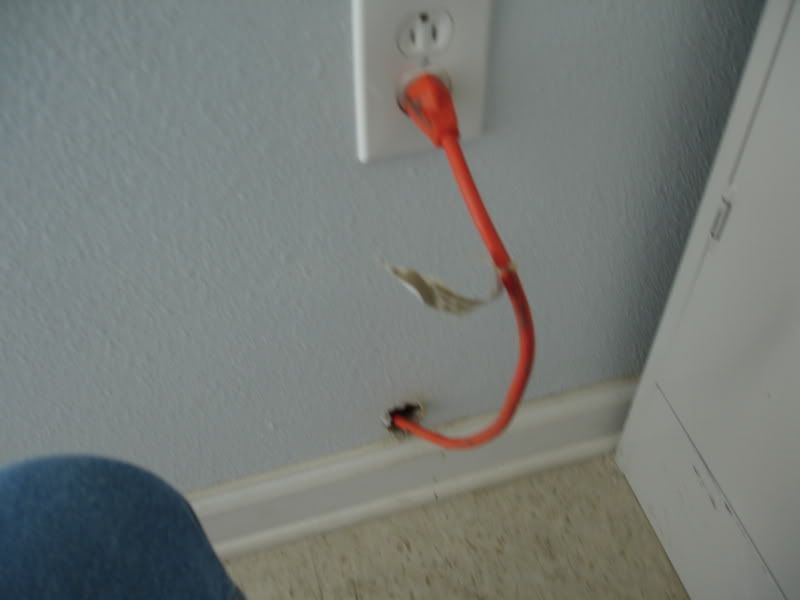electricmanscott
Senior Member
- Location
- Boston, MA
- Occupation
- Massachusetts Master Electrician, one man show.
This is one I have never heard. And not my spelling
"All recept. plate screw slots should be vertical so that if any condensation were present it wouldnt accoumulate on the horizontal screw slot and than drip into the switch or outlet causing it to short out"
"I know it sounds obsurd , but it is a genunie issue. My brother, who is a Ga licensed electrican, got that question wrong on his test. And even had an inspector on a commercial job fail him for that very reason"
"The way it was explained to me is that in a room that has the potential for a high amount of relative humidity, ie, kitchen,bath,any unconditioned space like a garage, the moist humid air would consendate on any surface, like the face plate, but it is the screw slot that would cause it to collect and drip into the switch. Just like in a sauna when consendation collects on the ceiling tile and drips off when it hits the the grout lines."
"All recept. plate screw slots should be vertical so that if any condensation were present it wouldnt accoumulate on the horizontal screw slot and than drip into the switch or outlet causing it to short out"
"I know it sounds obsurd , but it is a genunie issue. My brother, who is a Ga licensed electrican, got that question wrong on his test. And even had an inspector on a commercial job fail him for that very reason"
"The way it was explained to me is that in a room that has the potential for a high amount of relative humidity, ie, kitchen,bath,any unconditioned space like a garage, the moist humid air would consendate on any surface, like the face plate, but it is the screw slot that would cause it to collect and drip into the switch. Just like in a sauna when consendation collects on the ceiling tile and drips off when it hits the the grout lines."




